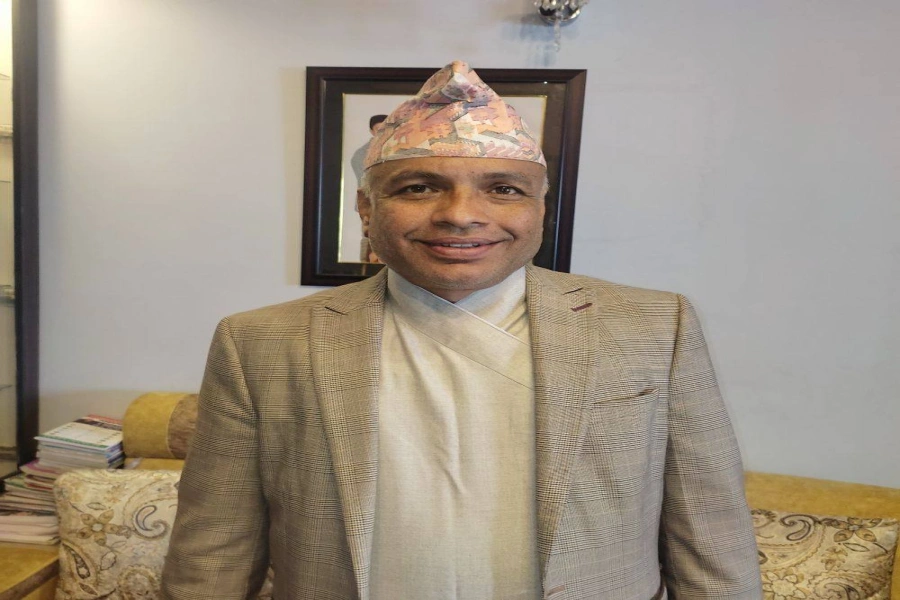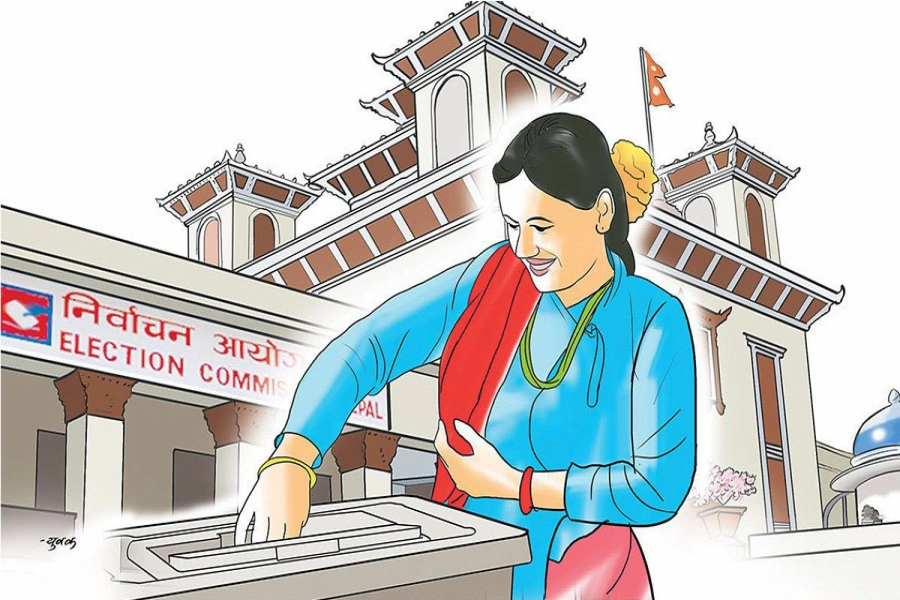Nepal continues to experience an unprecedented surge in remittances, which remain a vital component of the country’s economy. According to Nepal Rastra Bank, the remittance inflow into Nepal stood at around Rs 1.2 trillion in the first nine months of the current Fiscal Year (FY) 2024/25. The remittance inflow increased by 10.0 percent to reach Rs 1.19 trillion by mid-April. In the same period last year, remittance inflows had grown by 17.2 percent. Remittance inflows in terms of US dollars saw a 7.3 percent increase, reaching USD 8.74 billion. In the previous FY, the figure had risen by 15.2 percent. During the review period, net secondary income (personal transfers) totaled Rs 1,301.94 billion compared to Rs 1,174.54 billion in the same period last year. In the review period, 358,222 Nepali individuals obtained final labor approval for foreign employment (institutional and individual), while 249,652 individuals received approval for renewal of labor permits. In the same period last year, these figures stood at 327,842 and 211,226, respectively. While the immediate financial benefits of the increased influx of remittance are undeniable, it's crucial to emphasize the necessity for long-term economic sustainability too. Remittances, which constitute nearly 27% of Nepal's GDP, have become a significant lifeline for many families across the country. However, redirecting this windfall into productive sectors is equally important, ultimately decreasing our heavy reliance on remittances for the nation's overall financial well-being. The inflow of foreign currencies, driven primarily by remittances, needs to be redirected towards sustainable investments within the country.
Remittances play a significant role in Nepal's national economy. Funds sent home by migrant workers impact development at both the household and national levels. At the household level, remittances help reduce poverty, improve living standards and support access to higher education. At the macroeconomic level, they can be channeled into entrepreneurship and productive investments, thereby creating employment opportunities and boosting income. Additionally, remittance inflows strengthen foreign exchange reserves and improve the current account balance. A study entitled Harnessing Remittances for Productive Use in Nepal conducted by Nepal Rastra Bank recommends that Nepal’s policymakers develop effective policies and programs to encourage the productive use of remittances, thereby fostering long-term economic growth. Needless to say, one critical facet of this necessary shift is our focus on employment generation and domestic job creation. The creation of an appropriate environment for entrepreneurship, bolstering of existing industries and fostering of new sectors will not only absorb the returning migrant workforce but also stop the exodus of Nepali youths to foreign countries. The government must formulate policies that encourage investment in key sectors such as agriculture, manufacturing and technology, thereby laying the foundation for sustainable economic growth.
Nepal receives monthly remittances averaging over Rs 100 billio...

While celebrating the short-term benefits of record-high remittances and increased foreign currency reserves, it is incumbent upon us to envision a resilient economy. Reducing our dependence on remittances is vital for shielding our economy against external shocks, as exemplified by the profound impact of the COVID-19 pandemic. It is important to recognize the fact that a diversified economy, with a reduced dependency on remittances, can withstand such shocks and ensure the welfare of its citizens even in the face of global uncertainty. The government must formulate policies that channelize remittances into productive sectors, ensuring sustainable economic growth and reducing vulnerability to external shocks. Only through strategic planning and execution can we secure a future where Nepal's economic health is fortified and its citizens prosper on a sustainable and resilient path. These measures will not only bolster the country’s real GDP, but will also ensure generation of more employment opportunities.
































